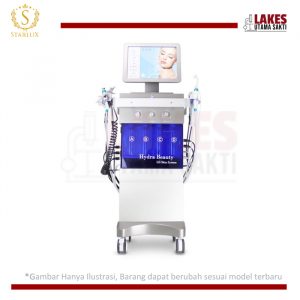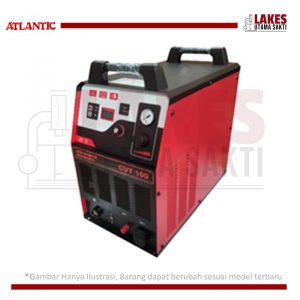Description
Merk: 3B SCIENTIFIC
Experiment Procedure
• Measure the time it takes a sphere to fall through an aqueous solution of glycerine as a function of temperature.
• Determine the dynamic viscosity and compare it with values quoted in literature.
• Compare the way the dynamic viscosity depends on temperature with the predictions of the Andrade equation and determine the activation energy.
Summary
Dynamic viscosity, the coefficient of proportionality between velocity gradient and sheer stress in a liquid, characterises how difficult it is for an object to flow through the liquid. This can be measured using a falling sphere viscosimeter of a type designed by Höppler. It is also possible to make temperature-independent measurements in conjunction with a circulation thermostat. Measurements are made in an experiment involving an aqueous solution of glycerine. This allows the way that viscosity depends on temperature to be described by the Andrade equation.
Required Apparatus
1 Falling Sphere Viscometer [1012827]
1 Digital Stopwatch [1002811]
1 Immersion/Circulation Thermostat (230 V, 50/60 Hz) [1008654]
2 Tubing, Silicone 6 mm [1002622]
1 Glycerine, 85%, 250 ml [1007027]





